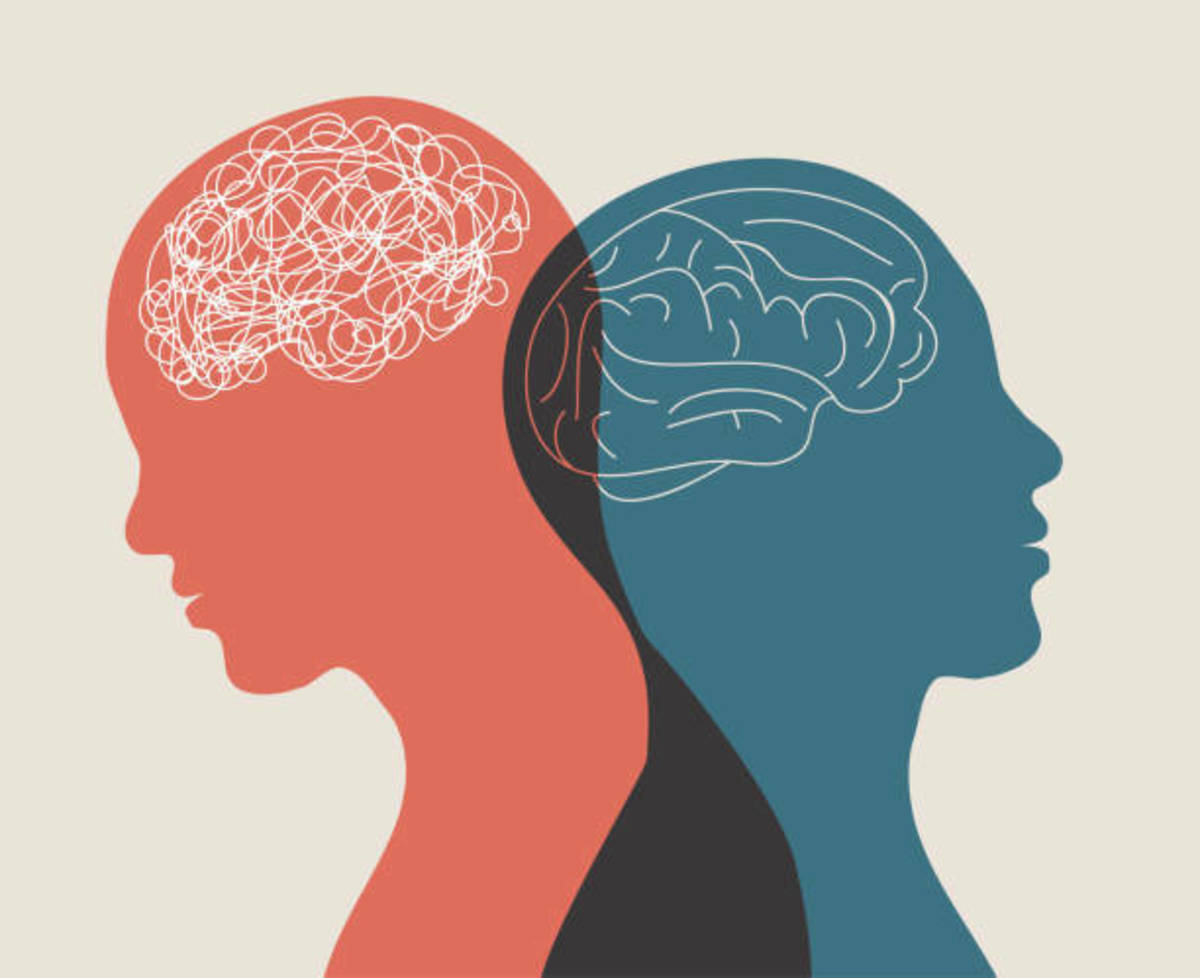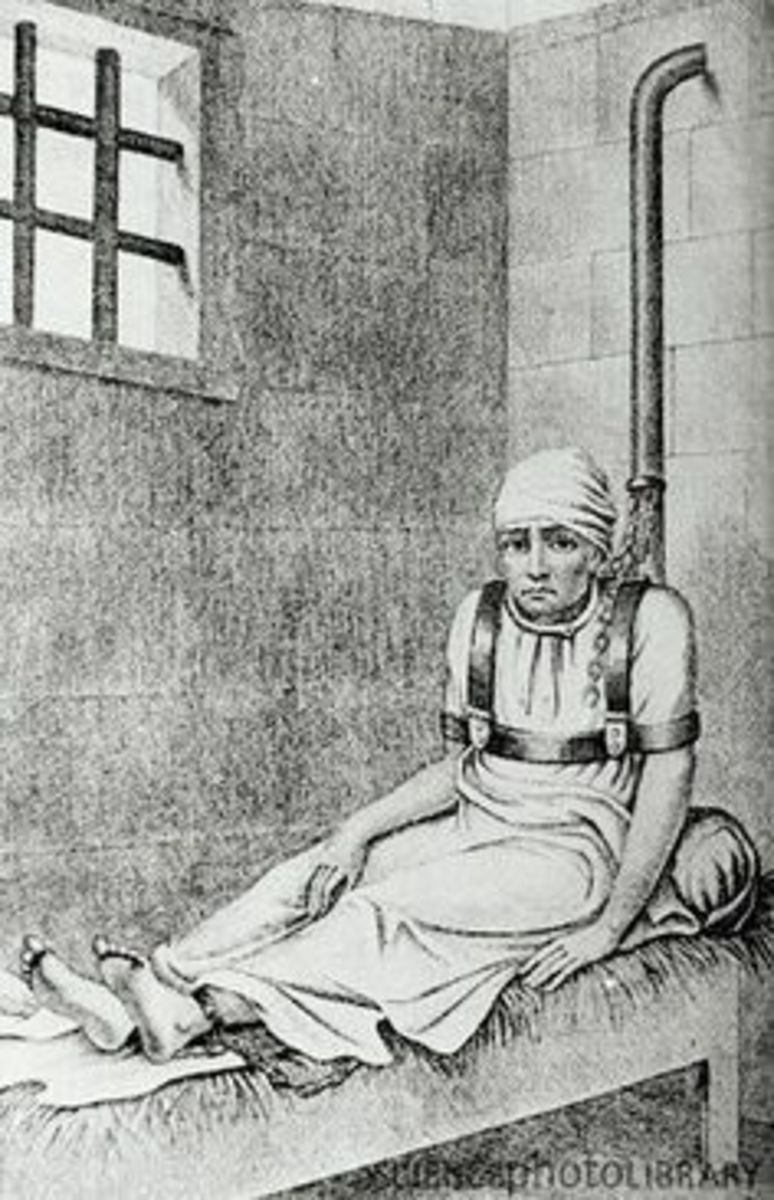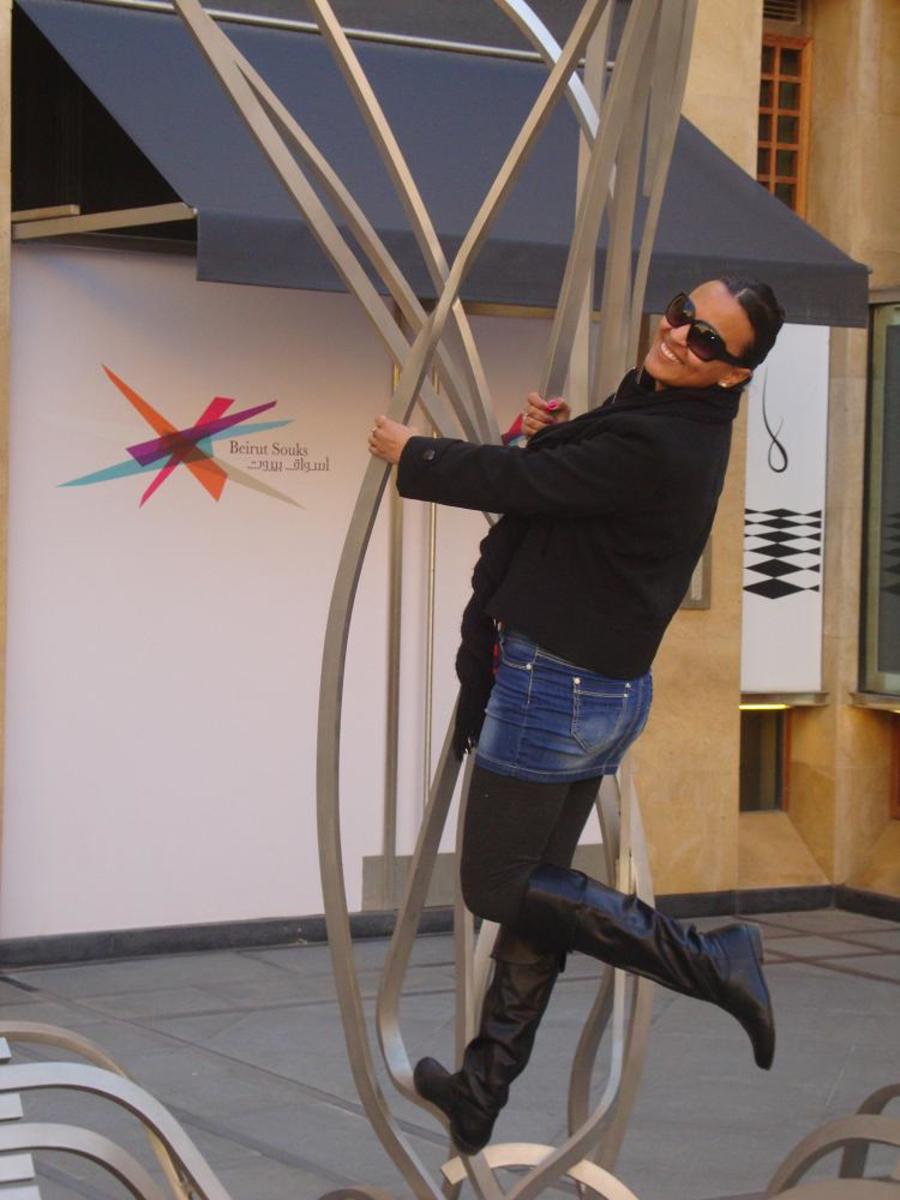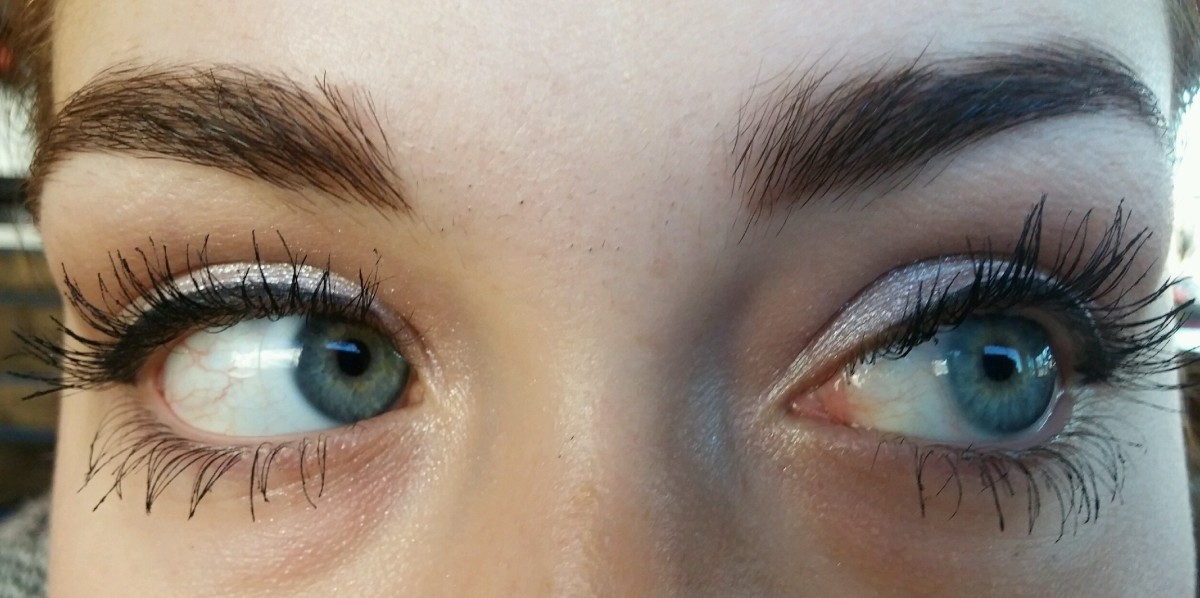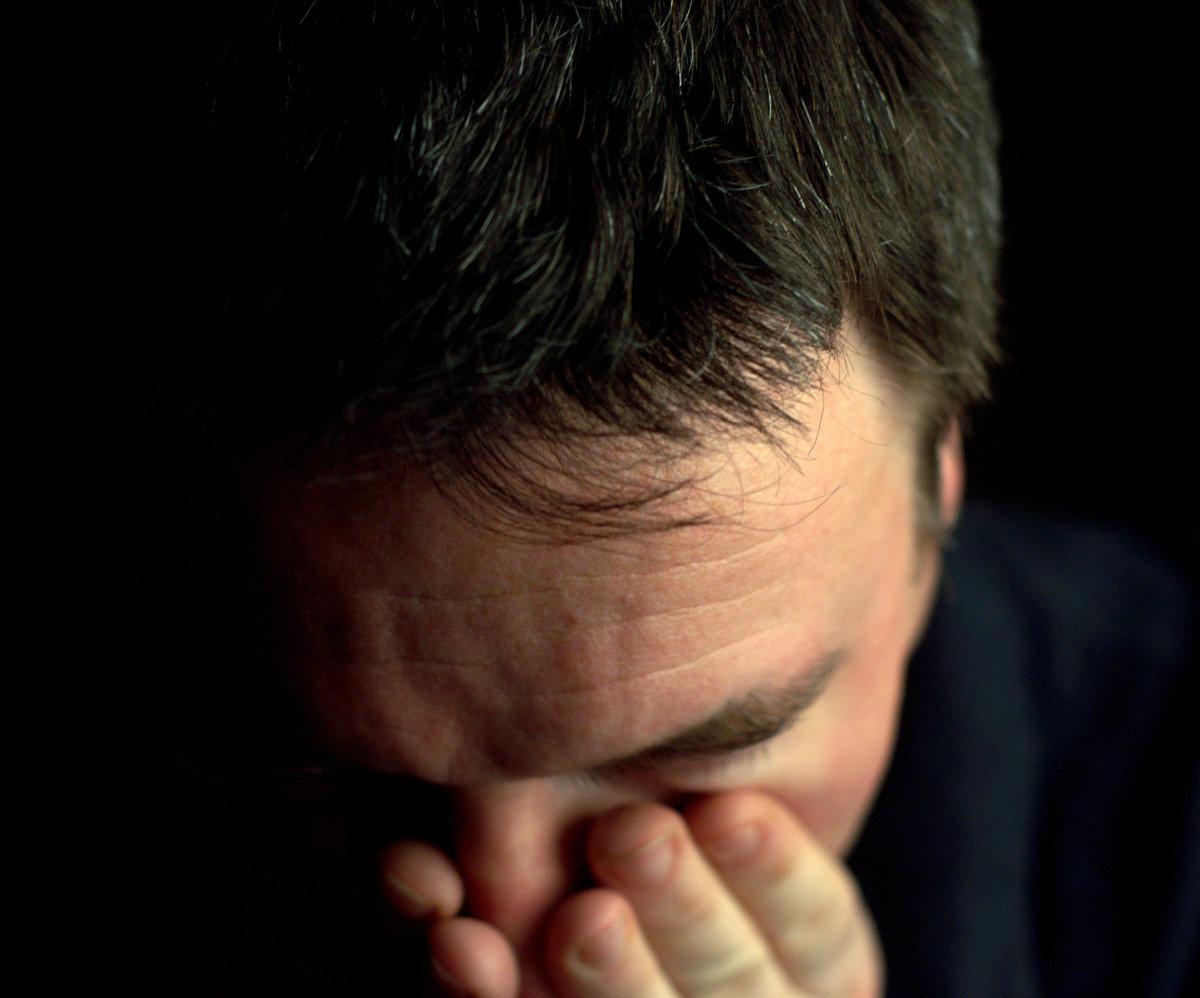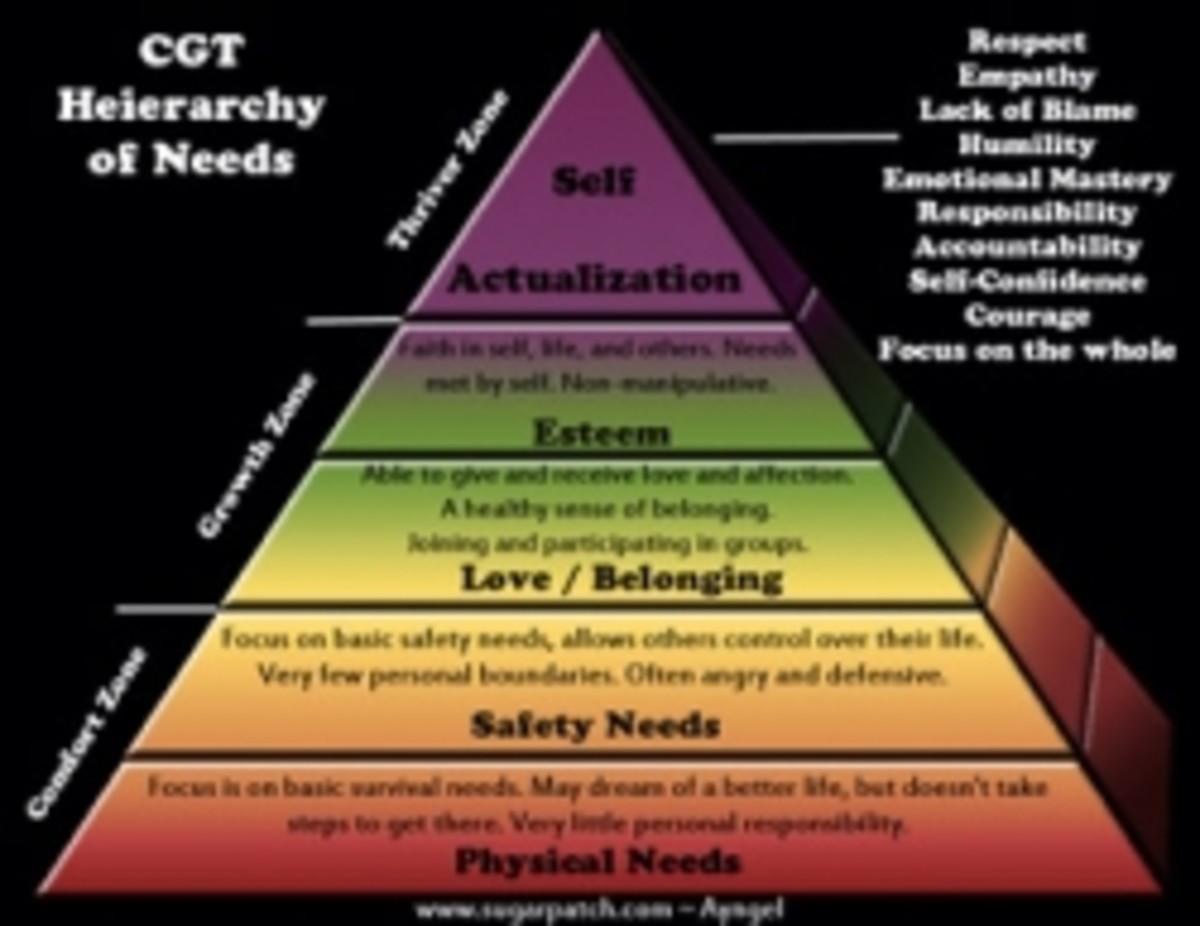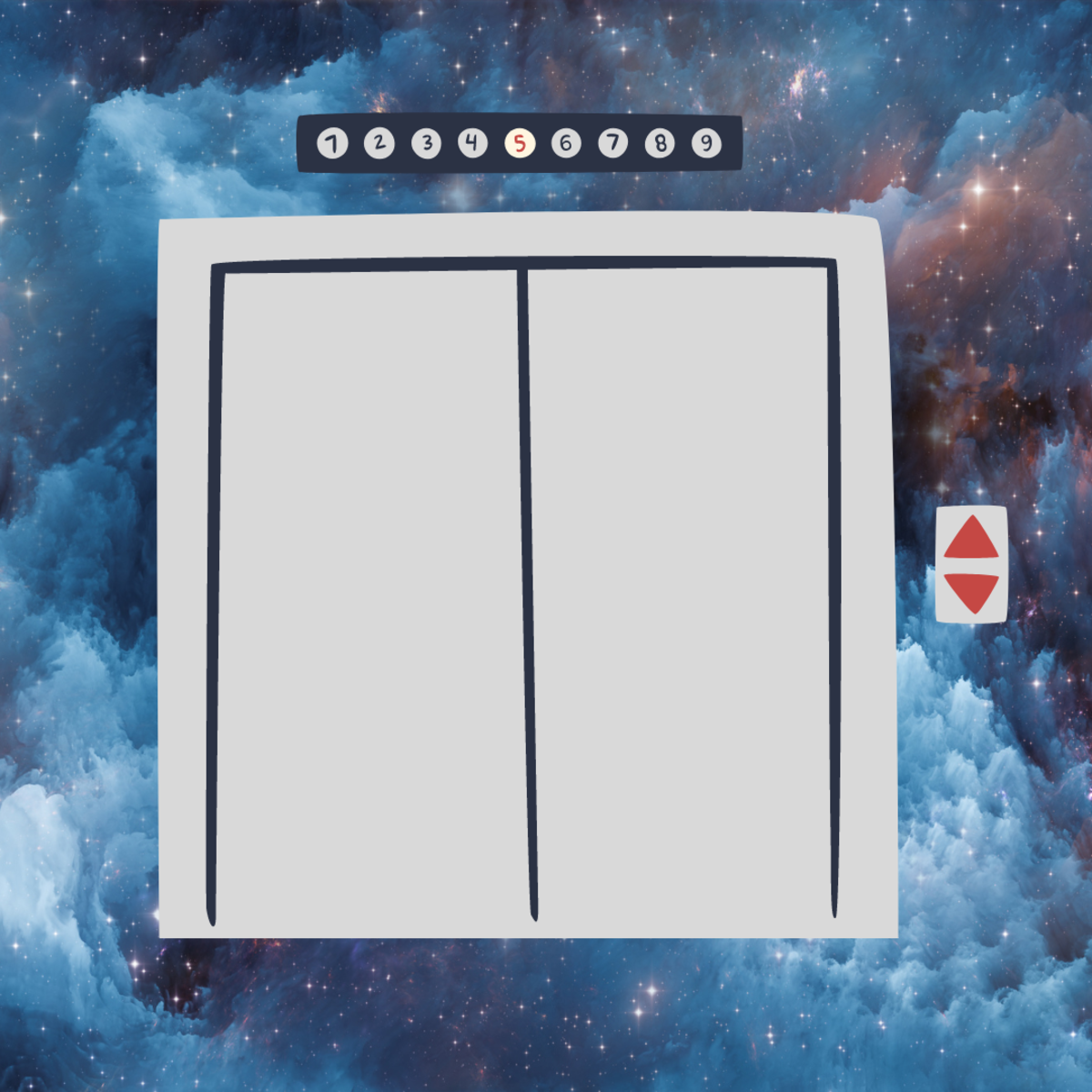Symptoms of Bipolar Disorder in Children and Teens
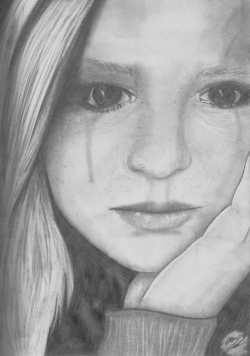
Pinpointing bipolar disorder in children is a very serious and difficult undertaking. In fact, doctors debate about whether bipolar disorder should even be diagnosed in children because there are no specific and clear-cut symptoms for children laid out in the current DSM-V. Research continues, however, and the medical community is gaining more insight into early-onset bipolar disorder as time goes by. Some research that is available to us currently indicates that 20 to 30 percent of adults that have type 1 bipolar disorder showed symptoms before they were 20 years old, and there are surely plenty of parents in the world who can attest to the fact that their kids show many of the dramatic symptoms of bipolar disorder. To make the recognition of bipolar in children even more difficult, bipolar disorder can also coexist with other psychiatric illnesses and can even be mistaken for other mental illnesses and vice versa. As children grow older and into their teenage years, their symptoms begin resembling those of adults with bipolar disorder, but a definite diagnosis of bipolar disorder is still quite difficult for doctors since even "normal" teenagers experience mood swings, appear hypersensitive at times, and other behaviors that are associated with bipolar disorder.
When a child's symptoms become more marked or extreme than the regular ups and downs children normally go through, it is time to see a doctor. Bipolar disorder and other mental health illnesses can be detrimental and even dangerous for your child if not treated as substance abuse and suicide rates are elevated, so it is very important for your child to be seen by a professional if you suspect bipolar or any other psychiatric condition.
This page will look at some symptoms of bipolar disorder in children and teens. Keep in mind that these are not set in stone and will change or be added to as new information from studies is available. Also, please remember that ALL people are different and people with bipolar disorder, such as myself, experience different symptoms to varying degrees. In other words, you cannot diagnose your child based on the information laid out on this page. Instead, this information is meant to educate people about bipolar disorder in young children. Please take the time to watch the videos available here and consider some of the books I recommend on this page. Education about mental health issues is key to helping our young people!
Update (10/2/13): "The new DSM-V was published in May of this year. Diagnostic criteria has been changed/updated and new bipolar diagnoses added (e.g., Unspecified Bipolar and Related Disorder, 296.80). Bipolar II is now considered more serious than previously thought. To assist in the controversial overdiagnosis of bipolar disorder in children and teens, an entirely new diagnosis of disruptive mood dysregulation disorder was added (in the depressive disorders section). The DSM-V has devoted an entire section for bipolar disorders, whereas the DSM-IV-TR included it under depressive disorders." - Susan Kerley, MS, LAPC, NCC
Photo Credit: Morgan LaRue, Flickr, via Creative Commons
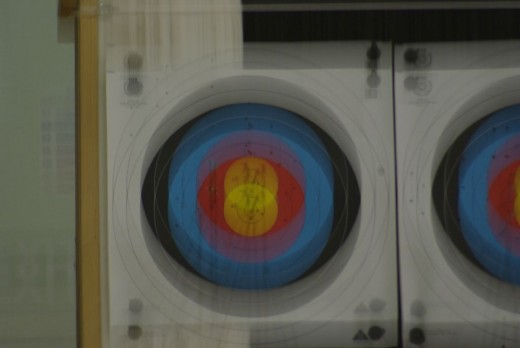
Common Symptoms of Bipolar Disorder in Children and Teens
- Feeling/acting very happy, silly, giddy in an unusual manner
- Short-tempered
- Marked irritablility
- Separation anxiety
- Rages, explosive temper tantrums
- Oppositional language/behavior
- Significant weight loss or gain
- Hyperactivity
- Racing thoughts
- Insomnia without feeling tired
- Trouble with focus/attention
- Depressed mood/feeling very sad, worthless
- Suicidal thoughts/ideation
- Rapid, pressured speech/talking very quickly about many different things
- Compulsive behavior
- Lack of organization
- Complaints about pain, like headaches or stomachaches
- Sleeping too much/lethargy
- Little energy, motivation
- Little or no interest in otherwise enjoyable activities
- Risky behavior
- Restless, fidgety
- Frequent mood swings
- Aggressive behavior
- Emotionally over-sensitive
- Cravings for carbohydrates
- Social anxiety
Care to Chime In?
Do you have bipolar disorder or have a child who has bipolar?
Other Possible But Less Common Symptoms of Bipolar Disorder in Children and Teens
- Bed wetting
- Night terrors
- Migraines
- Self-mutilation/cutting
- Cruelty to animals
- Destruction of property
- Hallucinations
- Delusions
- Lying
- Paranoia
- Hypersexuality
- Fascination with morbid topics
Bipolar Disorder as Related to Other Mental Health Concerns in Children and Teens
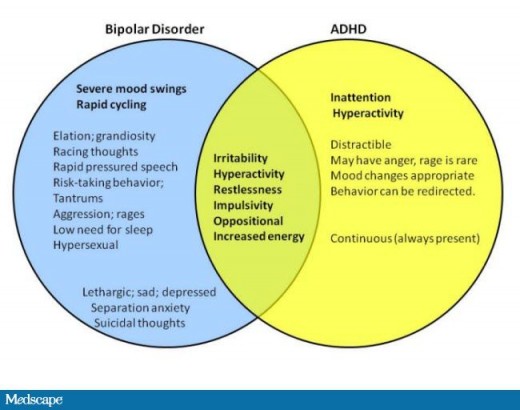
Diagnosing bipolar disorder in children and teens is very difficult and can be very confusing. One reason it is hard to pinpoint bipolar disorder in young people is that bipolar disorder can coexist with other mental health illnesses and even be mistaken for other mental health illnesses. The existence of more than one psychiatric illness diagnosis is called "comorbidity" and is very common in children who have bipolar disorder. Anxiety disorders, such as separation anxiety, are common with bipolar disorder and can also be mistaken for bipolar disorder. Just a few other mental health disorders that can occur alongside bipolar disorder or be mistaken for bipolar include generalized anxiety disorder, obsessive-compulsive disorder, depression, oppositional defiant disorder, and panic disorder.
Perhaps the most common psychiatric condition that exists with bipolar or that can be mistaken for bipolar is ADHD. The diagram above shows how some symptoms for ADHD and of bipolar disorder can co-exist, making a correct diagnosis of one, the other, or both very difficult. For more detailed information on bipolar disorder as related to ADHD in children, I highly recommend reading ADHD, Bipolar Disorder, or Both? at Medscape.com.
Very, Very Informative Videos About Bipolar Disorder in Young People
These three videos are a bit lengthy, so get ready to really dive into some excellent, detailed information about bipolar disorder in children and adolescents. I have included parts 1, 2, and 3 of this video series as they focus in great detail on the symptoms, diagnosis, and comorbidity of bipolar in young people. It is most helpful to watch them in order.





